1973 MV Agusta 500 Four
MV Agusta began racing in the 500 cc Grand Prix class in 1950 with a four-cylinder design which was campaigned until it was replaced by a triple in 1966. The triple was Agostini’s mount for his seven consecutive titles from ’66 to ’72.

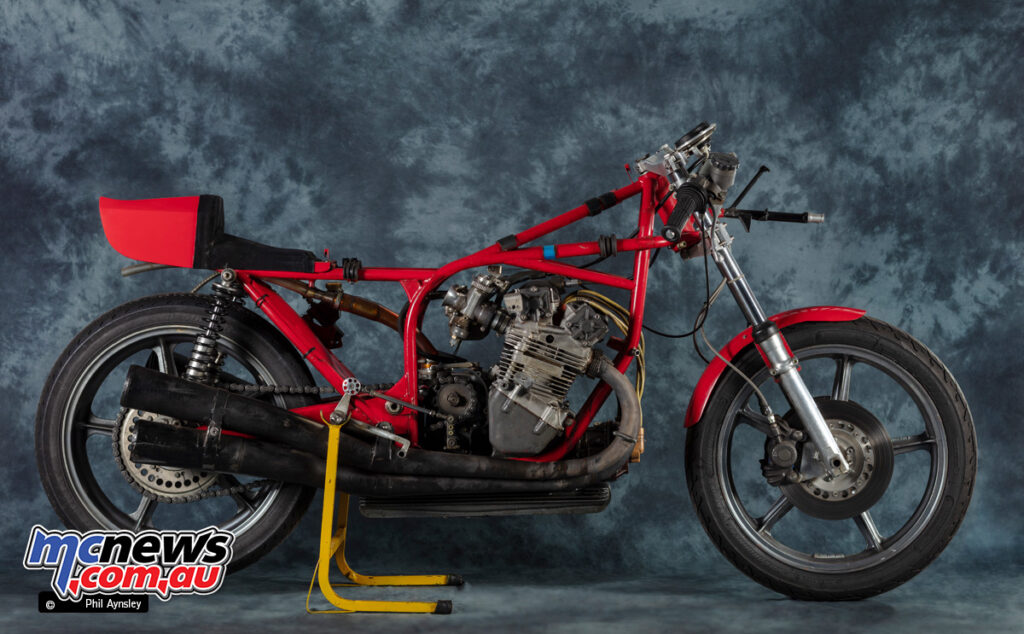
A new 500 cc four was designed for 1973 (although at the beginning of the season it only displaced 433 cc) and was basically an enlarged version of the successful 350 cc four introduced the previous year and on which Agostini won the title from Yamaha’s Jarno Saarinen. It was the threat of Saarinen mounted on a new Yamaha 500 cc four for 1973 that spurred MV to replace the old 500 triple.
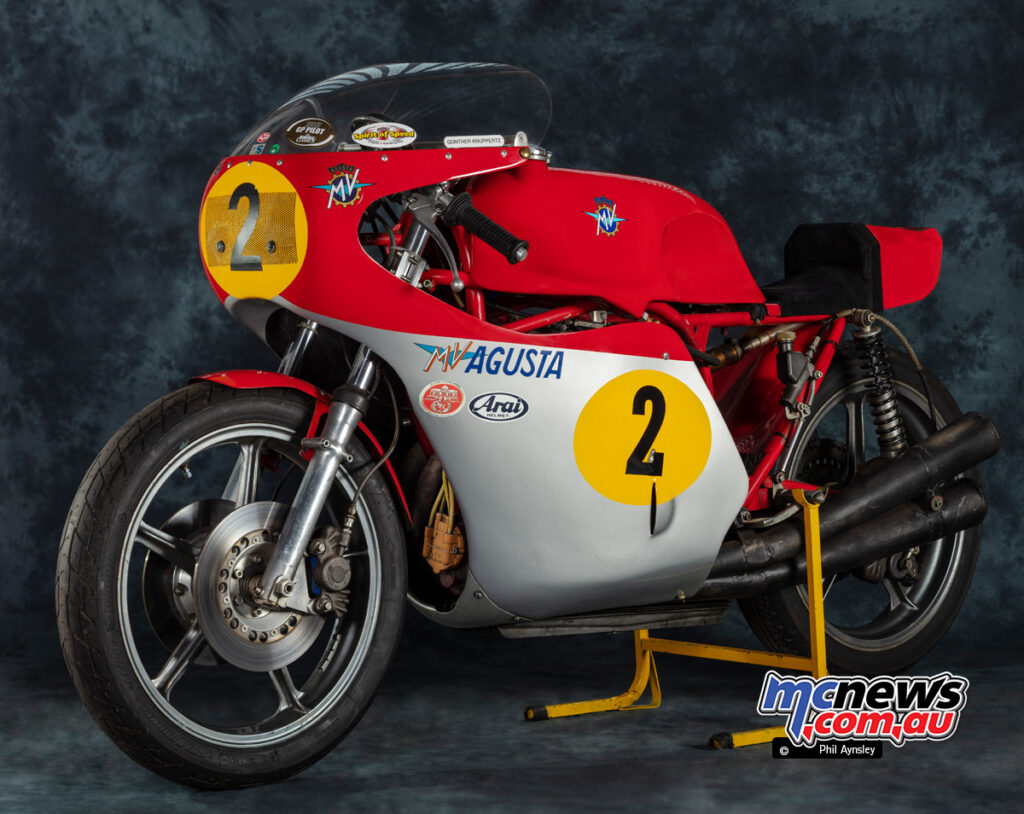
It was in fact Phil Read who debuted the bike as Agostini still preferred his old triple. MV’s fears were proven when Saarinen won the opening race of the season, the French GP, with Read coming in second.
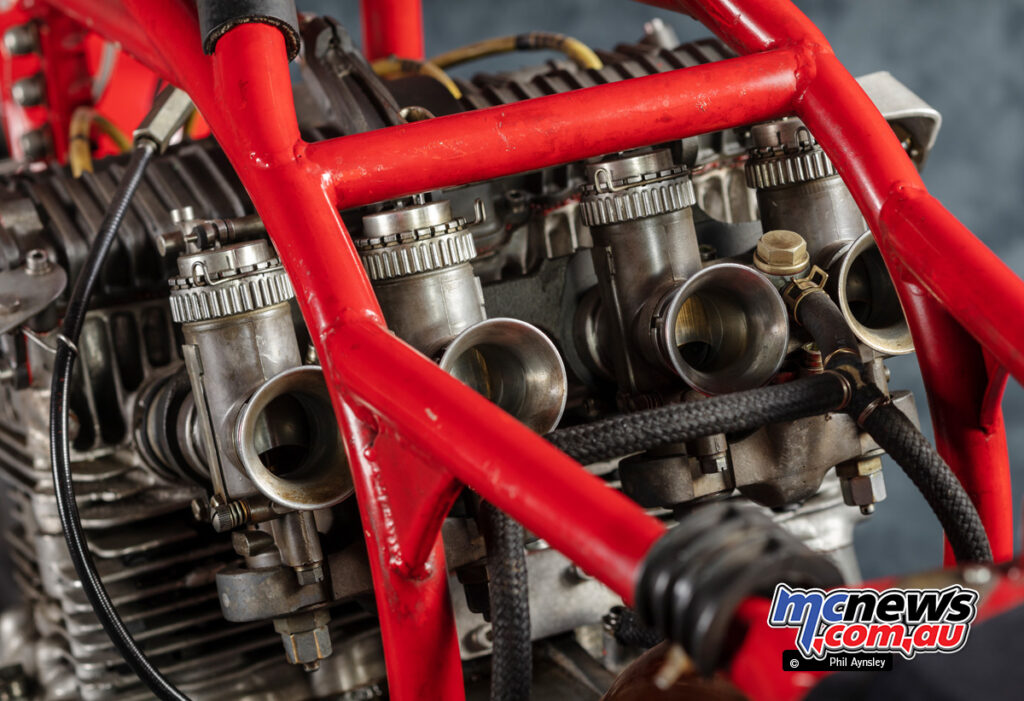
The Yamaha again triumphed at the next round (Austria) with both MVs retiring. The German GP was next and Read was now mounted on the full displacement (498.6 cc) four with Agostini on the 433 cc machine. Read had a comfortable win.
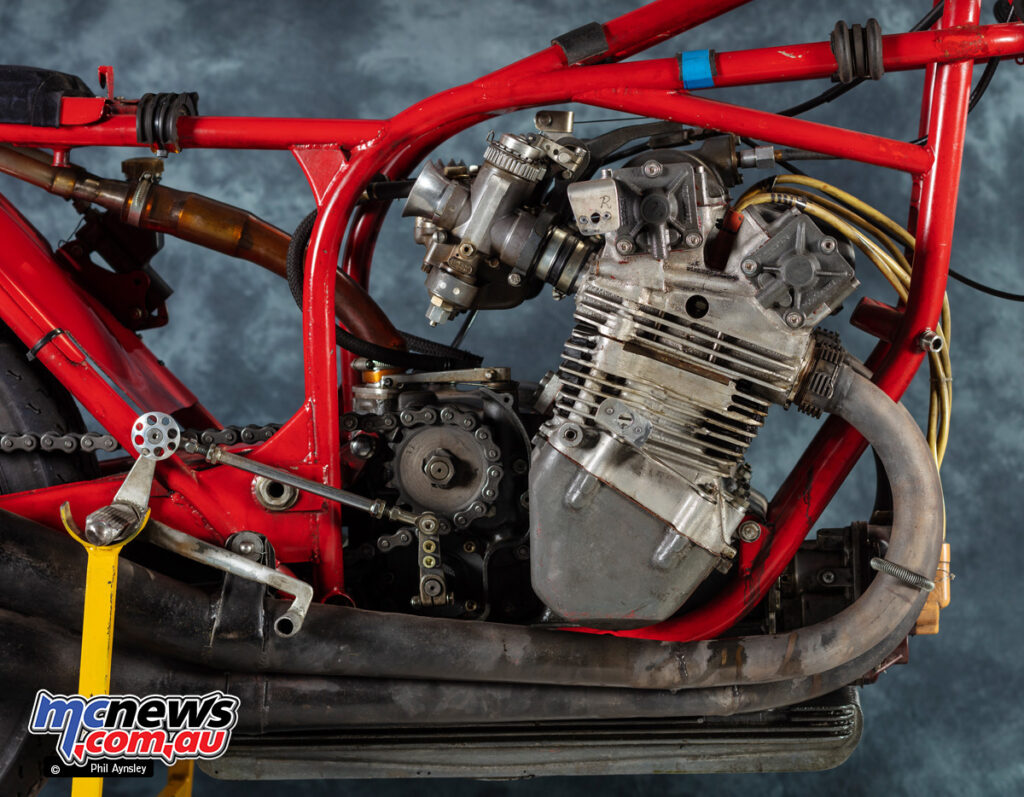
It was the following round at Monza that saw the tragic deaths of Saarinen and Rezo Passolini and Yamaha’s subsequent withdrawal from the championship. With the pressure off MV reverted to the old triple for the rest of the season.
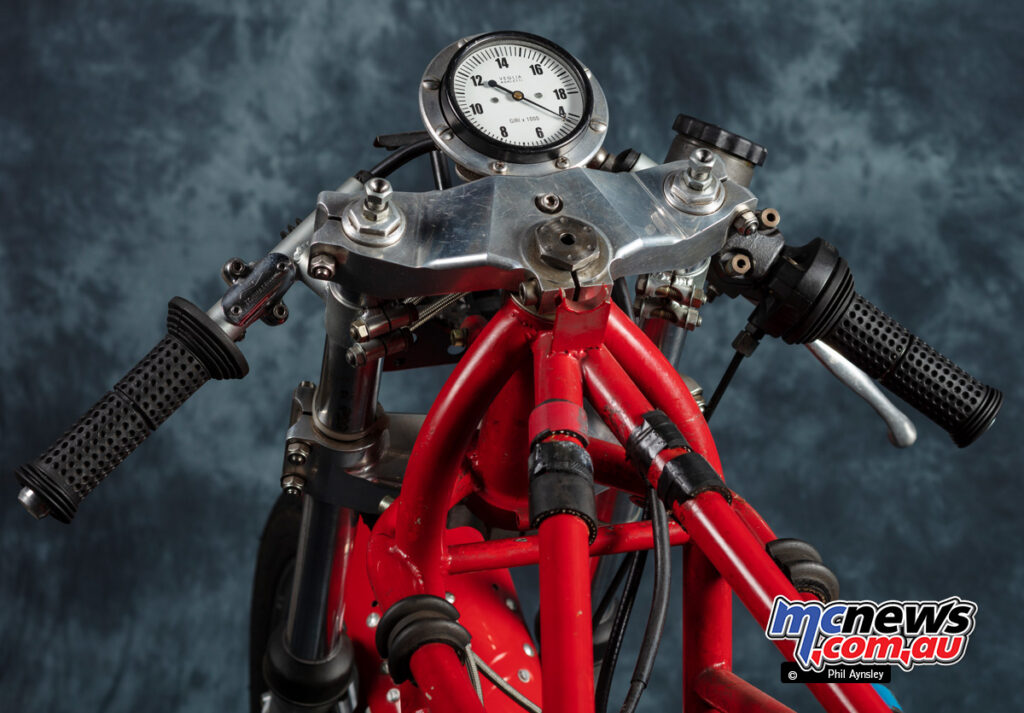
Kim Newcombe on the König provided decent competition up until his death (in a non-championship race) and posthumously placed second in the ’73 title which Read won and Agostini was third.
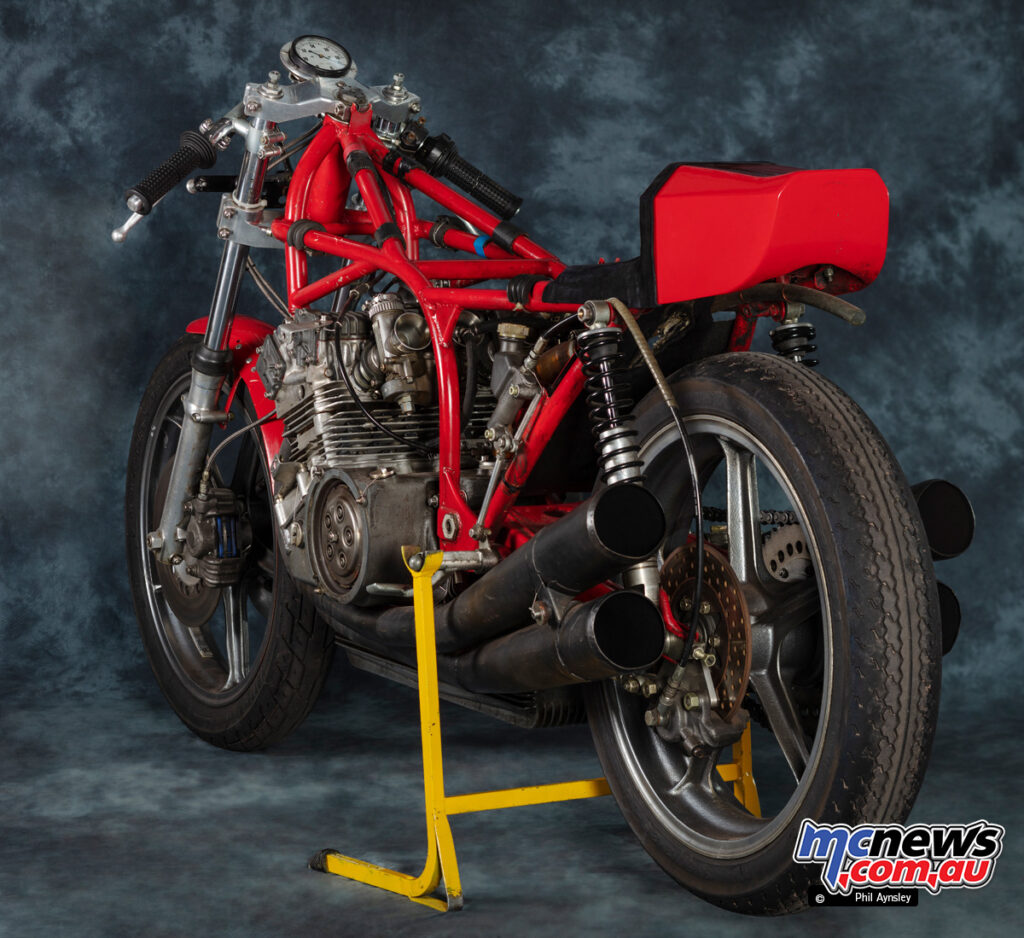
The 500/4 returned for the 1974 season with riders Phil Read and Gianfranco Bonera – Agostini having moved to Yamaha. Read took the title with four wins, Bonera was second with one win, Teuvo Lansivuori third also with a win to his name and Agostini fourth having claimed two wins.
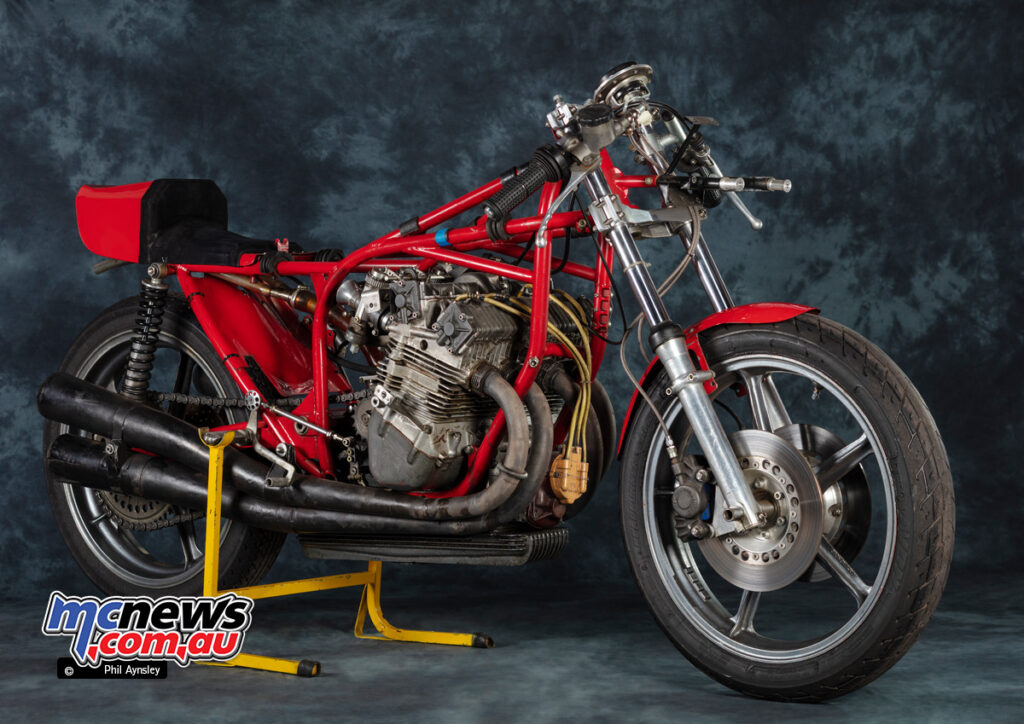
1975 saw Agostini triumphant for Yamaha with four victories, to Read’s two and runner-up result in the championship.

Agostini returned to riding MVs for 1976 with his own private team (fearing Yamaha was again going to withdraw from GPs) using the full factory bikes and mechanics but the 500/4 was now definitely inferior to the 2-stroke opposition, not so much in absolute power terms but in how it was put to the ground.
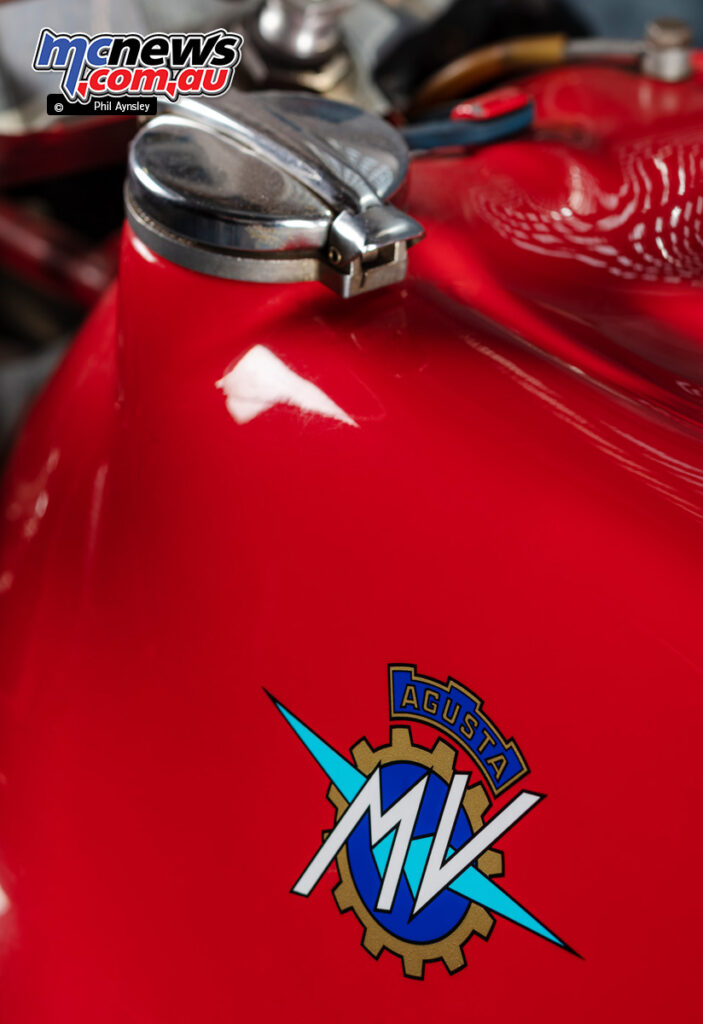
The new noise limits also played a part. He only raced the MV in the first and final rounds of the season, spending the rest of the year on a Suzuki. In a final, fitting result the 500/4 bowed out of competition with a victory in that last round at Nürburgring in difficult conditions. It was the last 500 cc GP won by a 4-stroke.
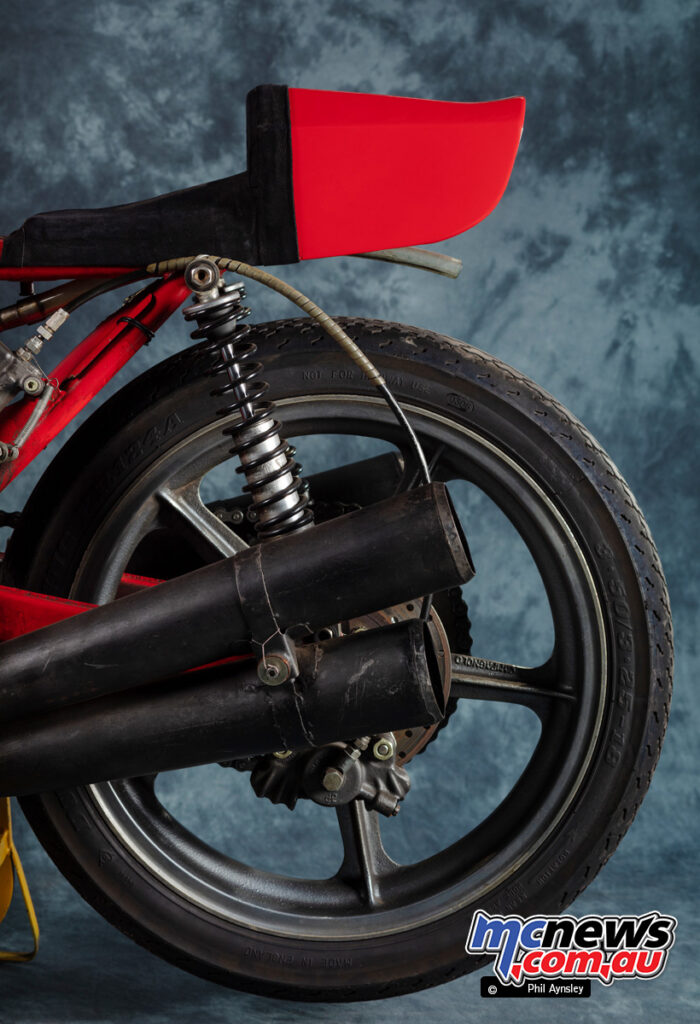
The bike seen here is a 1973 498.6 cc model, putting out 102 hp at 14,600 rpm.
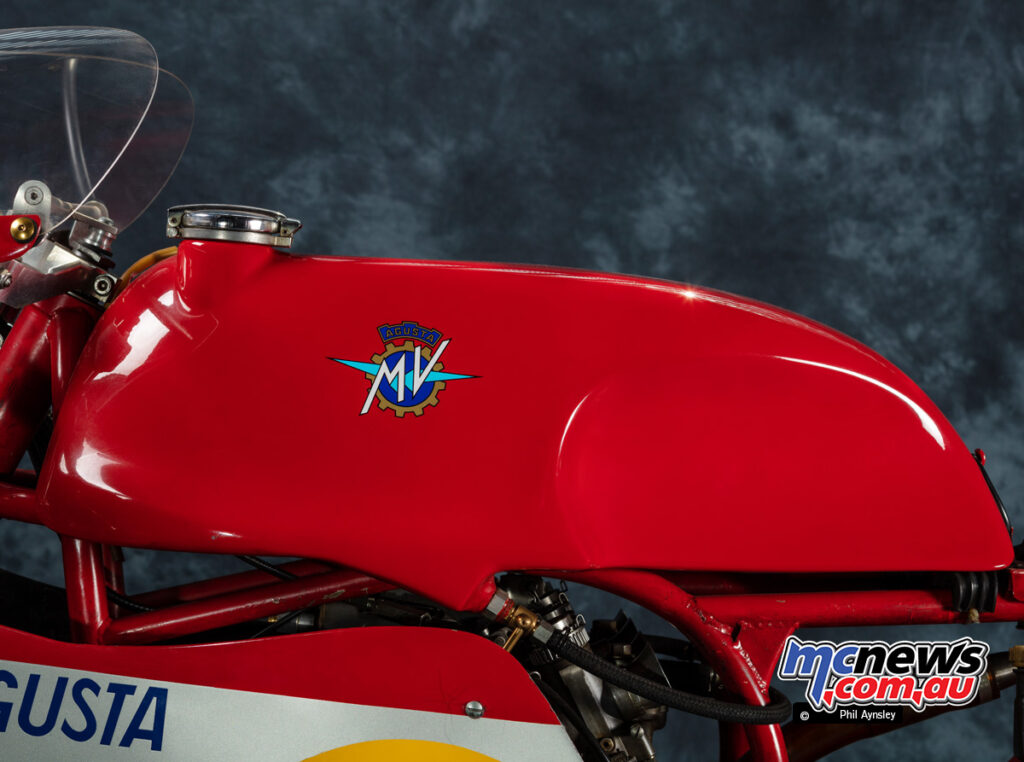

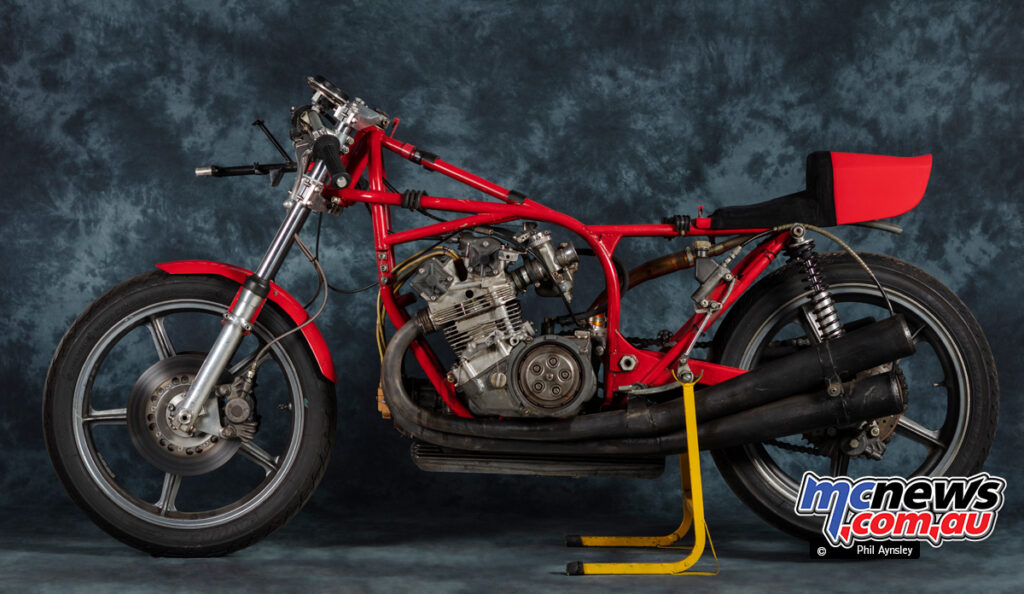
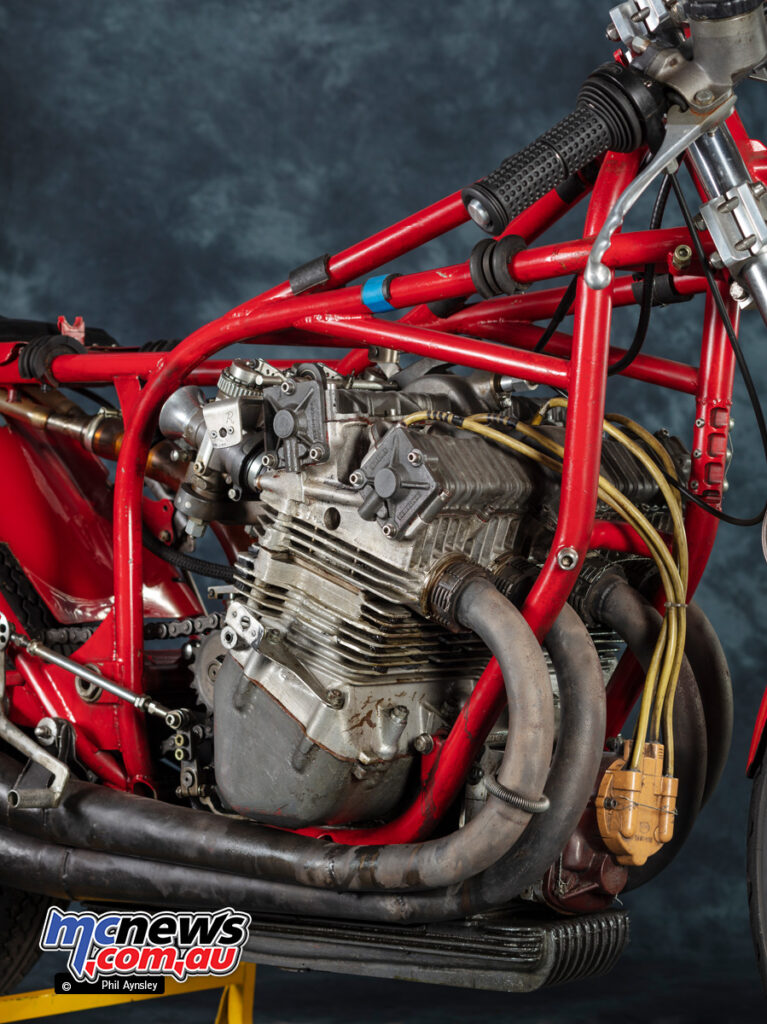
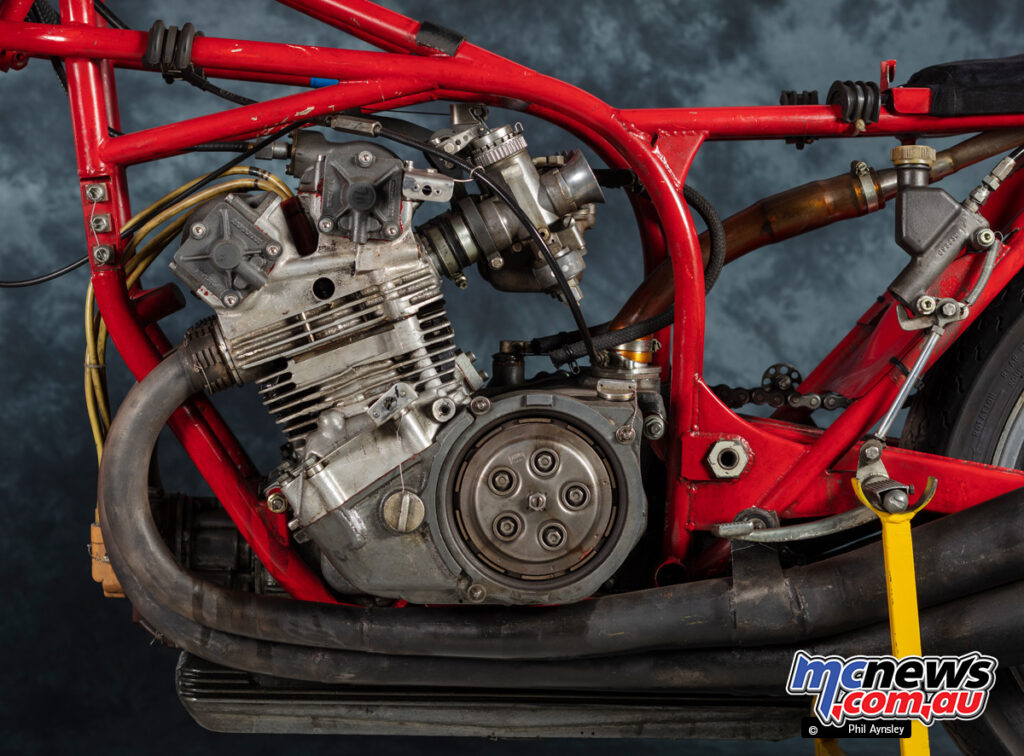
1973 MV Agusta 500 Four Specifications
- Engine – Four-cylinder in-line
- Capacity – 433 cc then 497 cc from 1974
- Bore x Stroke – 56 x 44 mm then 58 x 47 mm from 1974
- Max Power – 80 hp at 14,000 rpm then 92 hp from 1974
- Clutch – Dry, Multi-Plate
- Transmission – Six-speed
- Drive – Chain
- Frame – Steel double-cradle























